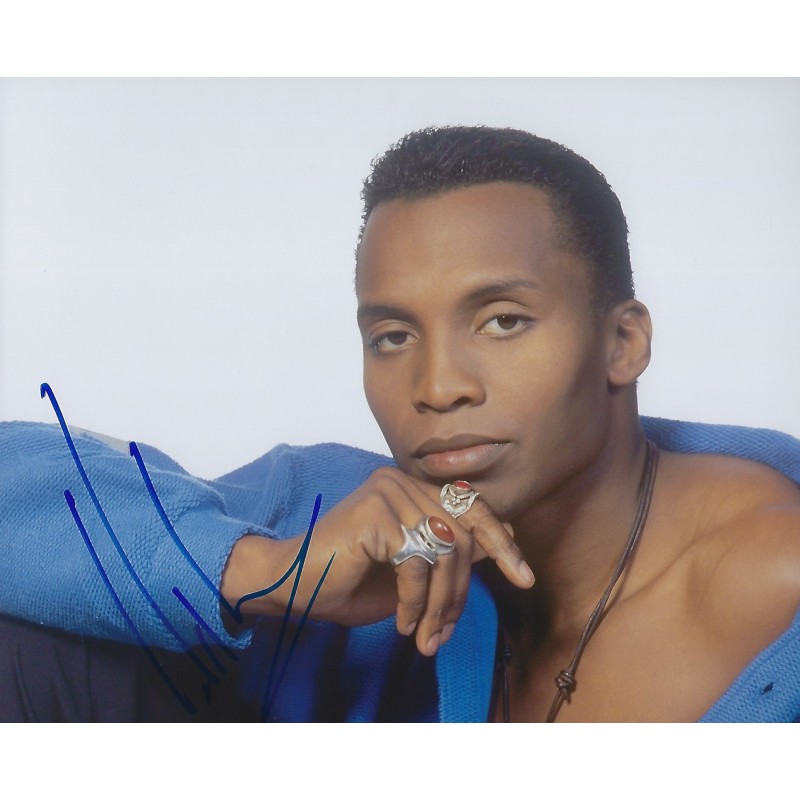Introduction to "What Is Love" by Haddaway
When you think of the vibrant music scene of the 1990s, it's impossible to overlook the infectious rhythm of Haddaway's defining single, "What Is Love". This dance-pop anthem not only dominated the charts, but also became a cornerstone of the era's cultural soundscape.
The Cultural Impact of "What Is Love"
In a decade defined by grunge, pop, and the rise of hip-hop, "What Is Love" managed to carve out its own niche. This song, with its catchy refrain and pulsating beat, became the soundtrack to countless parties and clubs worldwide. Beyond the dance floor, the track permeated pop culture, appearing in films, commercials, and television shows, firmly cementing its status as a 1990s song of renown.
An Interesting Fact about "What Is Love"
One interesting fact about "What Is Love" is that despite its upbeat tempo and dancefloor appeal, the song actually delves into a serious topic: the quest for understanding and genuine affection in relationships. This unique juxtaposition of deep lyrics against a vibrant Eurodance beat is part of what sets this song apart, making it a timeless classic.
Cover Versions of "What Is Love"
Such is the enduring appeal of "What Is Love" that it has been covered by numerous artists across various genres. From acoustic renditions to heavy metal interpretations, these cover versions demonstrate the track’s versatility and its ability to resonate with diverse audiences. Each cover version offers a fresh take on Haddaway's original masterpiece, paying homage to the track while infusing it with a distinct sound and style.
Why "What Is Love" Is Still Relevant Today
Despite being released in the early 1990s, "What Is Love" remains relevant today. The song's memorable melody, along with its profound lyrics, continues to captivate audiences worldwide. Its enduring popularity is a testament to the timeless appeal of Haddaway's music and its significant cultural impact. This piece serves as a reminder of the transformative power of music, proving that great tracks can transcend temporal boundaries and remain influential across generations.

Comments (0)